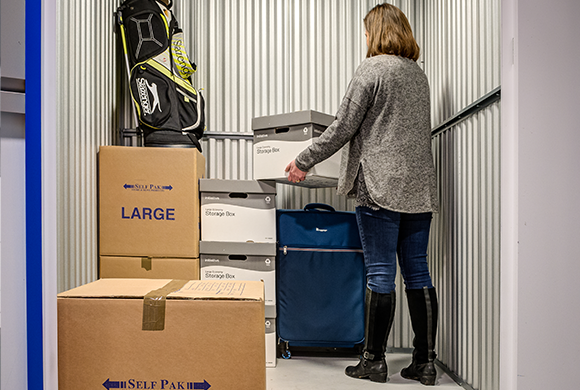10 Tips to beat the Winter Blues
Are you among a large number of people which suffer from the Winter blues, also known as a seasonal affective disorder (SAD)? If that’s the case, you are not on your own. According to the NHS, approximately one in 15 people are affected and it can affect people of any age, including children.
The symptoms are wide-ranging and can include depression, lack of energy, concentration problems, anxiety, overeating, loss of libido, social and relationship problems and sudden mood changes or periods of hypomania (over-activity) in spring.
However, the good news is there are some useful and easy-to-follow tips to beat the Winter blues. Sue Pavlovich of the Seasonal Affective Disorder Association (SADA) and the NHS have published 10 top-tips to overcome SAD this winter:
1. Keep active
A daily walk in the middle of the day could be as helpful as light treatment for coping with the winter blues. Read more about walking to get fit.

2. Get outside
Go outdoors in natural daylight as much as possible, especially at midday and on brighter days. Inside your home, choose pale colours that reflect light from outside, and sit near windows whenever you can.
3. Keep warm
Being cold may make you feel more depressed, so staying warm may reduce the winter blues.
Keep warm with hot drinks and hot food. Wear warm clothes and shoes, and aim to keep your home between 18C and 21C (or 64F and 70F degrees).
4. Eat healthily
A healthy diet will boost your mood, give you more energy and stop you putting on weight over winter. Balance your craving for carbohydrates, such as pasta and potatoes, with plenty of fresh fruit and vegetables.

5. See the light
Some people find light therapy effective for seasonal depression.
One way to get light therapy at home in winter is to sit in front of a light box for 30 minutes to an hour each day.
Light boxes give out very bright light at least 10 times stronger than ordinary home and office lighting. They’re not available on the NHS and can cost around £100 or more.
6. Take up a new hobby
Keeping your mind active with a new interest seems to ward off symptoms of SAD, says Pavlovich. “It could be anything, such as playing bridge, singing, knitting, joining a gym, keeping a journal, or writing a blog. The important thing is that you have something to look forward to and concentrate on,” she adds.
7. See your friends and family
It’s been shown that socialising is good for your mental health and helps ward off the winter blues. Make an effort to keep in touch with people you care about and accept any invitations you get to social events, even if you only go for a little while.

8. Talk it through
Talking treatments such as counselling, psychotherapy or cognitive behavioural therapy (CBT) can help you cope with symptoms. See your GP for information on what’s available locally on the NHS and privately or read this article on how to access talking treatments.
9. Join a support group
Think about joining a support group. Sharing your experience with others who know what it’s like to have SAD is very therapeutic and can make your symptoms more bearable.
10. Seek help
If your symptoms are so bad that you can’t live a normal life, see your GP for medical help.









